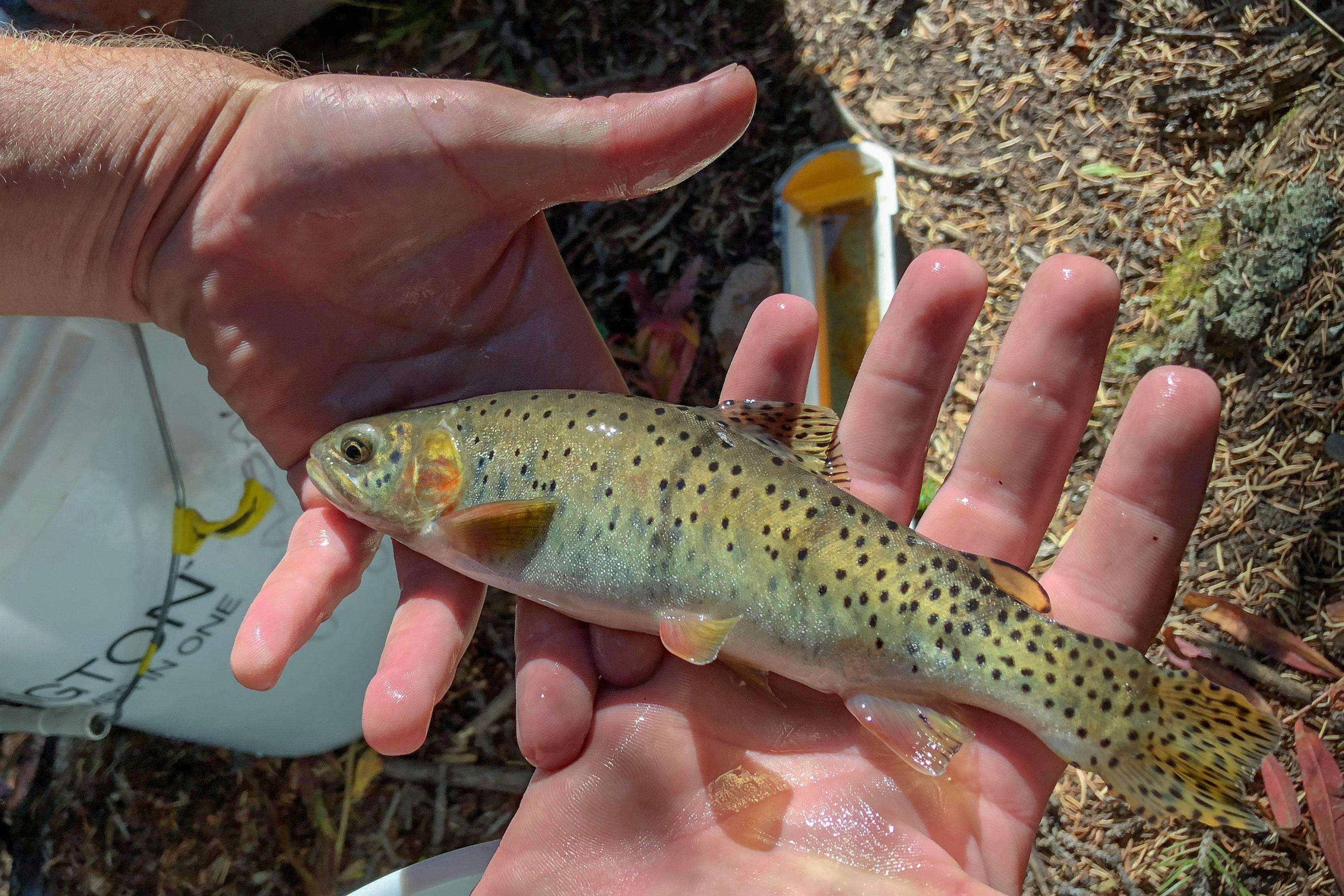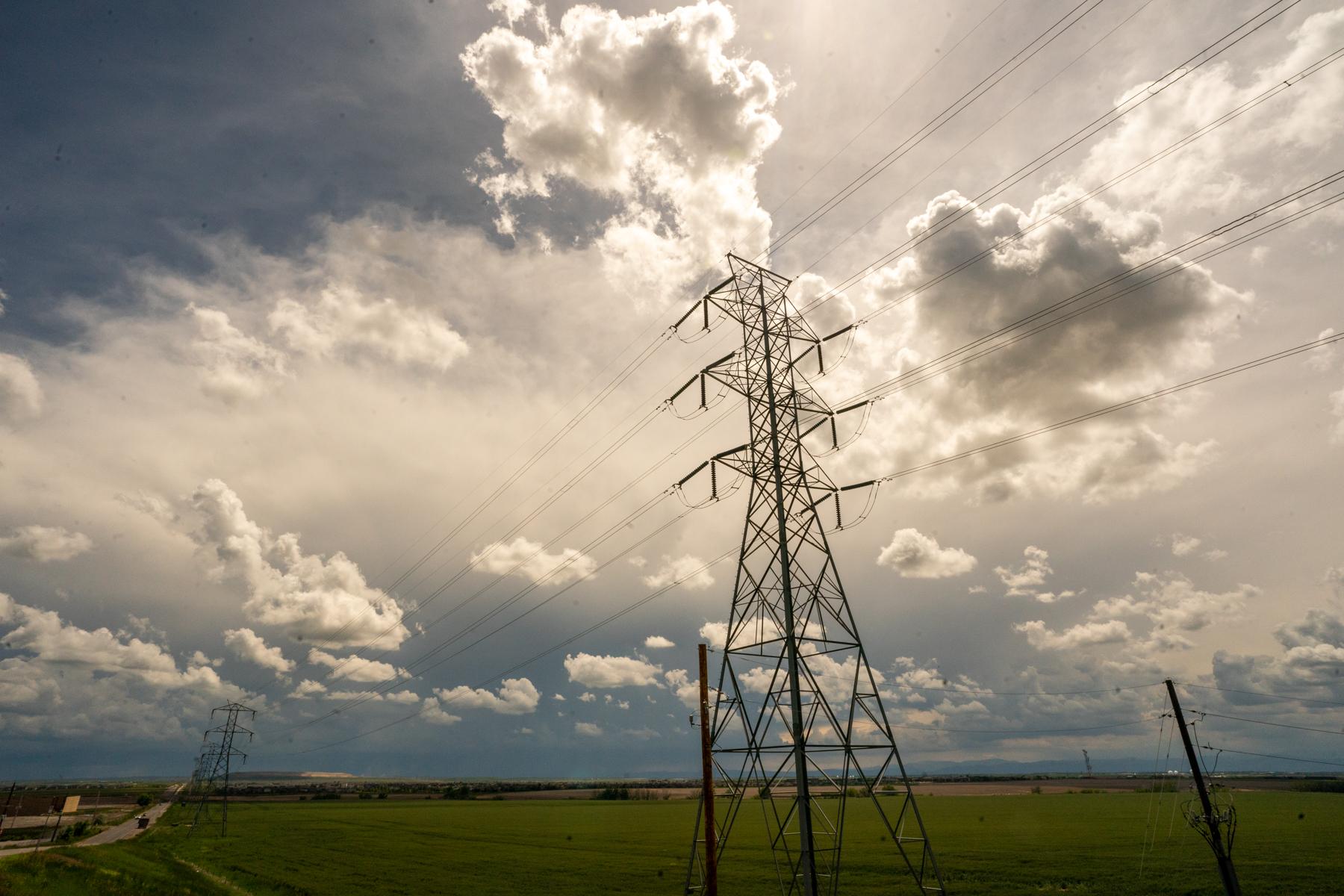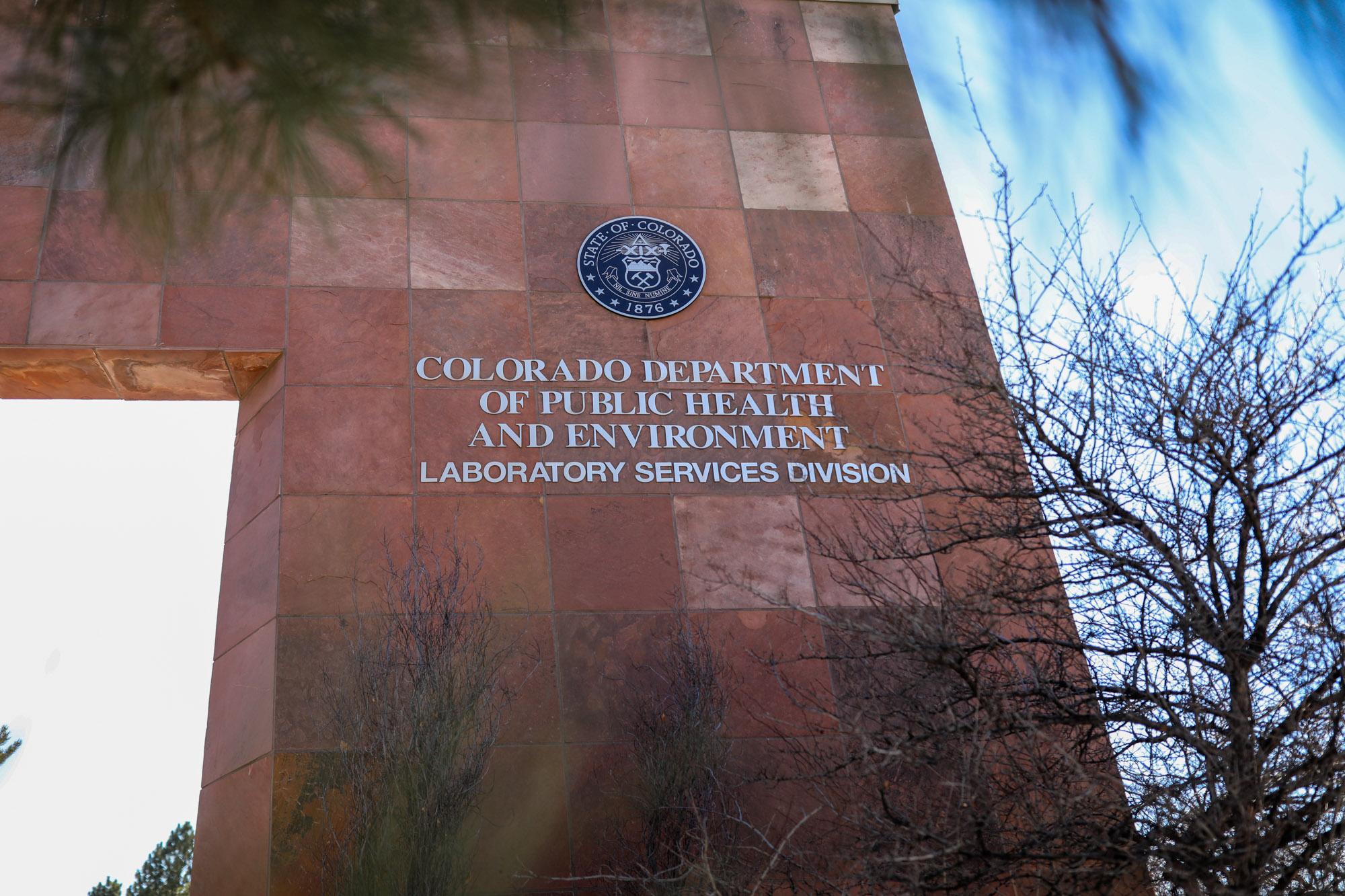
Colorado’s state fish, the greenback cutthroat trout, was once considered completely extinct, but state biologists announced Friday that the species is now reproducing on its own.
“This is just another affirmation that our conservation practices work and that we can save species on the brink,” said Kevin Rogers, an aquatics researcher for Colorado Parks and Wildlife.
Federal officials first listed the greenback cutthroat as extinct in the 1930s, but small Colorado populations found in 1957, 1965 and 1970 have left the species with a tenuous, yet steady, presence on endangered species lists.
Biologists later discovered those populations weren’t purebred greenback trout. They were actually a similar looking subspecies. But in 2012, researchers discovered the world’s only natural, purebred population of greenback cutthroat trout in a 3.5 mile run of Bear Creek.
Since that discovery, CPW has managed a trout hatchery to keep population levels sustainable.
“Each spring, CPW aquatic biologists have strapped on heavy electro-fishing backpacks to painstakingly hike up Bear Creek to catch greenbacks and collect milt and roe – sperm and eggs,” CPW said.
In 2016, the agency began populating Herman Gulch near Silver Plume with newly hatched fish in hopes that they would one day reproduce. The fish brought to Herman Gulch are now adults and are repopulating without help from humans.
CPW has tried to reintroduce the state fish in other nearby streams, but the agency still faces an uphill battle.
In 2020, CPW reported an 80 percent decline in adult trout populations over a three year period due to a combination of disease, rising temperatures and other factors. The greenback trout also faces competition from non-native predators, like the brook trout and brown trout, who have invaded local ecosystems and killed off native fish.








